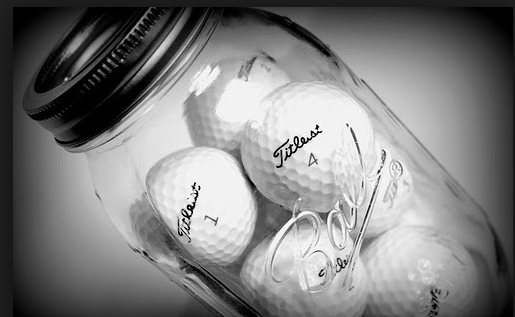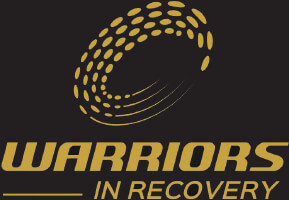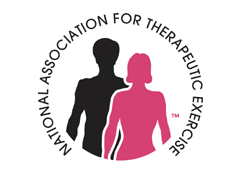
I’m sure by now that you’ve seen this photo or at least heard about it from a friend. Yes, that’s Michael Phelps with cupping marks on his body. This somewhat underground treatment has been gaining in popularity in recent years, as word of mouth spreads and the benefits of Cupping Therapy continue to be discovered. Now, with such high profile athletes such as Michael Phelps, utilizing Cupping Therapy as a way to gain a competitive edge, this ancient practice is seeing a massive spike in interest.
Like Dry Needling, cupping or myofascial decompression is merely an implement in a highly trained therapist’s toolbox. Too bad the media has to hype this wonderful ancient modality into being some kind of “hokey” trick that athletes are using to try and get an edge in sport performance.
Here’s how it works…By creating vacuum (suction) pressure, the cup is used to soften hypertonic muscles and attachments, loosen adhesions and lift connective tissue, bring hydration and blood flow to body tissues, move deep inflammation to the skin surface for release, as well as drain excess fluids and toxins by opening lymphatic pathways.
Myofascial Decompression therapy is an incredibly helpful therapy tool and can be used to address a wide variety of things like assisting in lymphatic drainage and help with reducing scar tissue. It complements many health modalities ranging from medical massage to chiropractic, physical and occupational therapies.
As an integrated muscle therapist, I’m extremely knowledgeable in the area of neuromusculoskeletal function. When I use a technique —myofascial decompression, joint mobilization, myoskeletal alignment techniques or whatever — I’m utilizing my therapy with a strong foundation in anatomy, physiology, and biomechanics. Additionally, I’m also using my clinical assessment skills to apply my knowledge to the optimal restoration of function based on that individual’s current injury.
This is what the media so conveniently doesn’t talk about on TV. So don’t go on line to Amazon.com to purchase that handy little kit thinking its going to be the “Holy Grail” to all your aches and pains.
Personally, I haven’t ever used myofascial decompression as a stand alone in my practice EVER (and in my opinion…no qualified therapist would). “Cupping” is just something a trained therapist might use in conjunction with other things like range of motion, joint capsule work, fascial release, balancing muscle length tension relationships, exercise, and posture corrections in their practice.

OK, so Michael Phelps’ “Cup Kisses” (that’s what the marks are commonly referred to as) has exposed Cupping Therapy to the masses now. However, there are countless professional and amateur athletes that have been using cupping to improve their body and to optimize their athletic performance for many years. AND it’s not just athletes using myofascial decompression either, many celebs like Justin Bieber, Victoria Beckham, Jennifer Aniston, and Gwyneth Paltrow have all been photographed with these marks on their bodies for all to see.
I use myofascial decompression almost every day in my practice and my results have been incredible! Personally, I like it better than Dry Needling (I’ll blog on that subject later). The purpose of THIS blog entry is to fill in where our media has so conveniently left off.
I’m sure you’ve all heard the story of a when a professor asked his class…Is This Jar Full? Well, now I think THIS CUP IS FULL!
Cheers, drock









